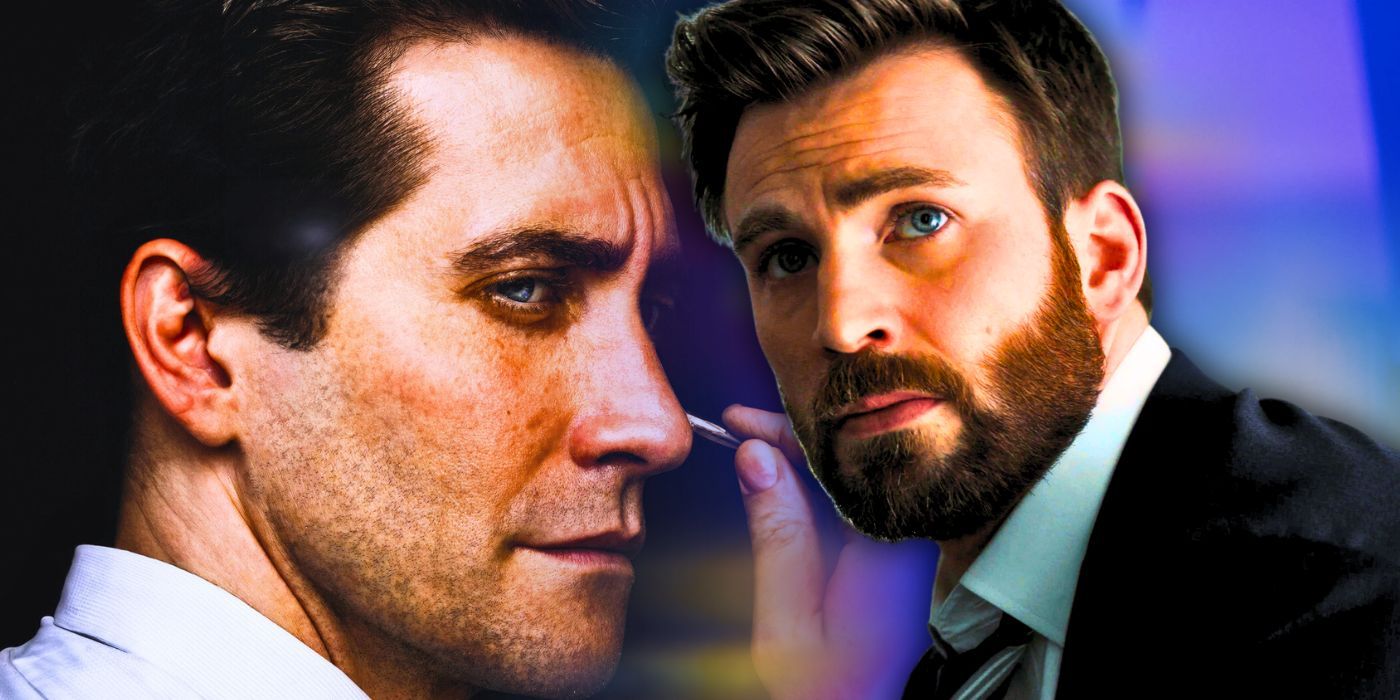Book Box | The book club that cracked the personality code

Dear Reader,
All summer, our reading group in Manali read about different archetypes – the artist, the athlete, the caregiver, the rebel, the fashionista.
And then it’s time for a meeting. This time we’re at the official’s house, sitting in her garden. She brings us trays full of chips, salsa and yoghurt dip. There’s chilled beer, apple juice and shandy, all set up on a table at the edge of the lawn.
We delve into this month’s book. “Is your child an athlete or an artist? How many of your friends are caregivers and how many are rebels? … Observe the archetypes at work in the people you meet,” says Caroline Myss in Archetypes.
“Let’s do it! Let’s guess each other’s archetypes and our own archetype,” someone says.
I take pens and paper out of my backpack and hand them out. Everyone has to write down what they think the archetypes of the people in the group are. The conservationist disagrees, saying she’s too new to the group and doesn’t know anything about anyone, but then agrees to guess anyway.
As for the rest of us, we’re not so sure we know each other very well. After all, we only meet every few months and talk mostly about books. But when we go around our circle, I’m amazed at how accurately people can guess each other’s archetypes.
The Wall Street banker turned photographer is a rebel and an artist, we all suspect that. The first book she had us read was One step away from paradisethe story of a Tibetan lama’s journey with 300 followers to a remote Himalayan mountain on the border of Nepal and Sikkim to open the way to a hidden land of abundance that cannot be found on any map.
“Tell me what you read and I’ll tell you who you are,” goes the old saying. On this summer afternoon in the mountains, as I sit under the cherry trees, I am reminded of this truth once again. We suspect correctly that our Wall Street banker turned photographer is a spiritual seeker.
The Yogini is also a rebel and a spiritual seeker. But she’s also a caregiver, she tells us. That archetype became so overwhelming to her that it threatened to drown out all the other parts. She decided to run away, to find a place far away from everything in the mountains. And that’s what brought her here. We sit in silence for a moment, soaking in her story. And think back to our chapter on the caregiver – “Caregivers are haunted by the deeply ingrained belief that any act of self-care is the height of selfishness. Because you are naturally compelled to reach out to others, you habitually put your own concerns last. You can be so busy helping others that you ignore your own hunger or exhaustion,” says Myss.
As for the civil servant, she refused to marry the boys her parents had planned for her. Instead, she traveled to the United States to study and came back to work for the government in this mountain state. She married a man she fell in love with, built roads and schools and colleges. She is a rebel, an advocate, a nurturer and a queen in the way she leads.
The afternoon sun shines through the trees as we finish our round in the circle. We sit in silence for a few moments, moved by the tremendous authentic conversation our book on archetypes has sparked. We have been meeting for four years now, but this afternoon we have learned things about each other that we did not know. We feel closer and more connected, more committed to looking out for each other.
Thank you, Caroline Myss, for your book on archetypes. And yes, we have some issues with your classifications – some archetypes like the “wounded child” are inexplicable and others like the “fashionista” seem irrelevant. Other studies of personality types like the Myers-Briggs test or the Enneagram are more nuanced. Your YouTube talks about the archetypes have a different classification system, which makes it confusing – for example, the “rebel” is called the “outlaw.” But despite these minor issues, thank you for helping us understand ourselves and each other so much better.
And what about you, dear reader – what is your archetype – a rebel, a creator, an everyman, a seeker? You will find a number of options in Caroline Myss’ book Archetypes and a larger set in the denser classical version of personality types in The archetypes and the collective unconscious by Carl Jung. Or immerse yourself in the funny versions of personalities by Linda Goodman in her Zodiac sign.
If you want to learn more about the application of archetypes in the business world, read The Hero and the Outlaw: Building Extraordinary Brands Through the Power of ArchetypesAnd if you want more comprehensive books on human nature, How to get to know a person by David Brooks and The laws of human nature by Robert Greene are a great visit.
And until next week, happy reading!
Sonya Dutta Choudhury is a Mumbai-based journalist and the founder of Sonya’s Book Box, a bespoke book service. Every week she brings you specially curated books that give you a comprehensive understanding of people and places. If you have any reading recommendations or suggestions, write to her at [email protected]
The views expressed are personal
Books mentioned in this issue of Book Box
Archetypes by Caroline Myss
One Step Away from Paradise by Thomas K Shor
The Archetypes and the Collective Unconscious by Carl Jung
Zodiac Signs by Linda Goodman
The Hero and the Outlaw: Building Extraordinary Brands Through the Power of Archetypes by Margaret Mark
How to Know a Man by David Brooks
The Laws of Human Nature by Robert Greene.


